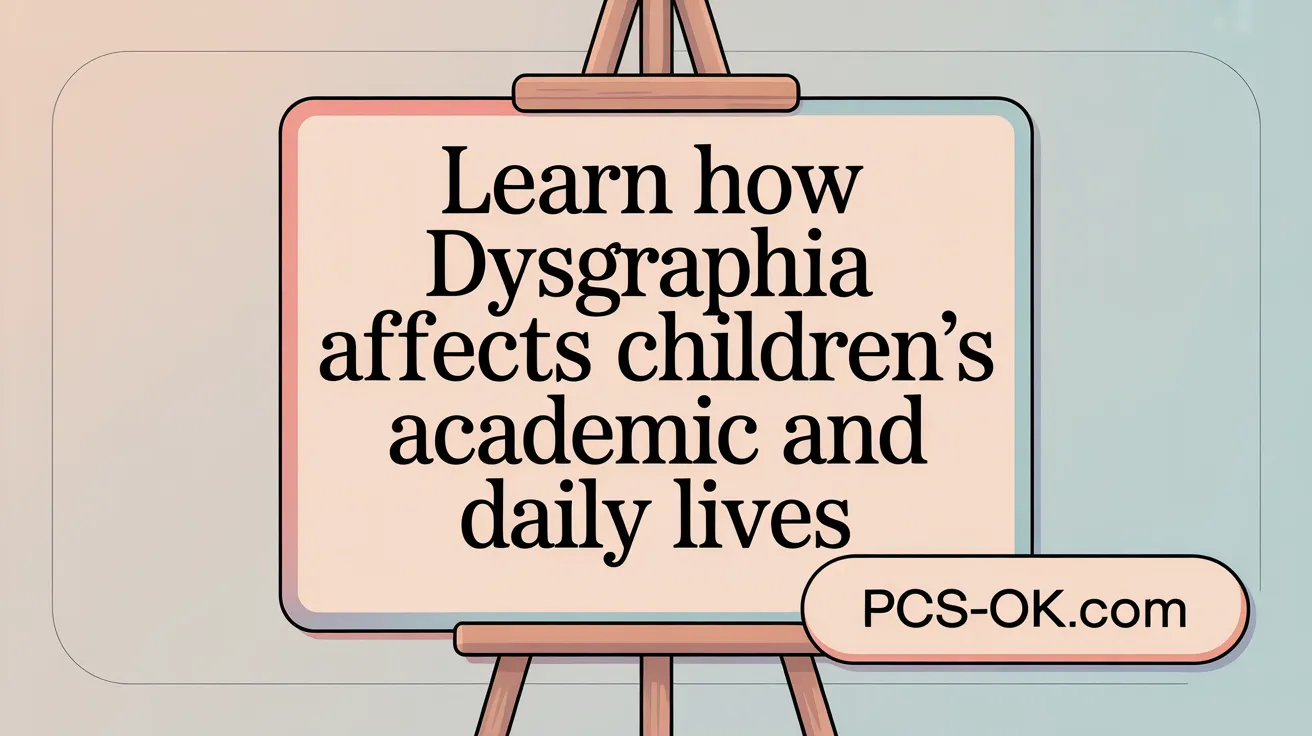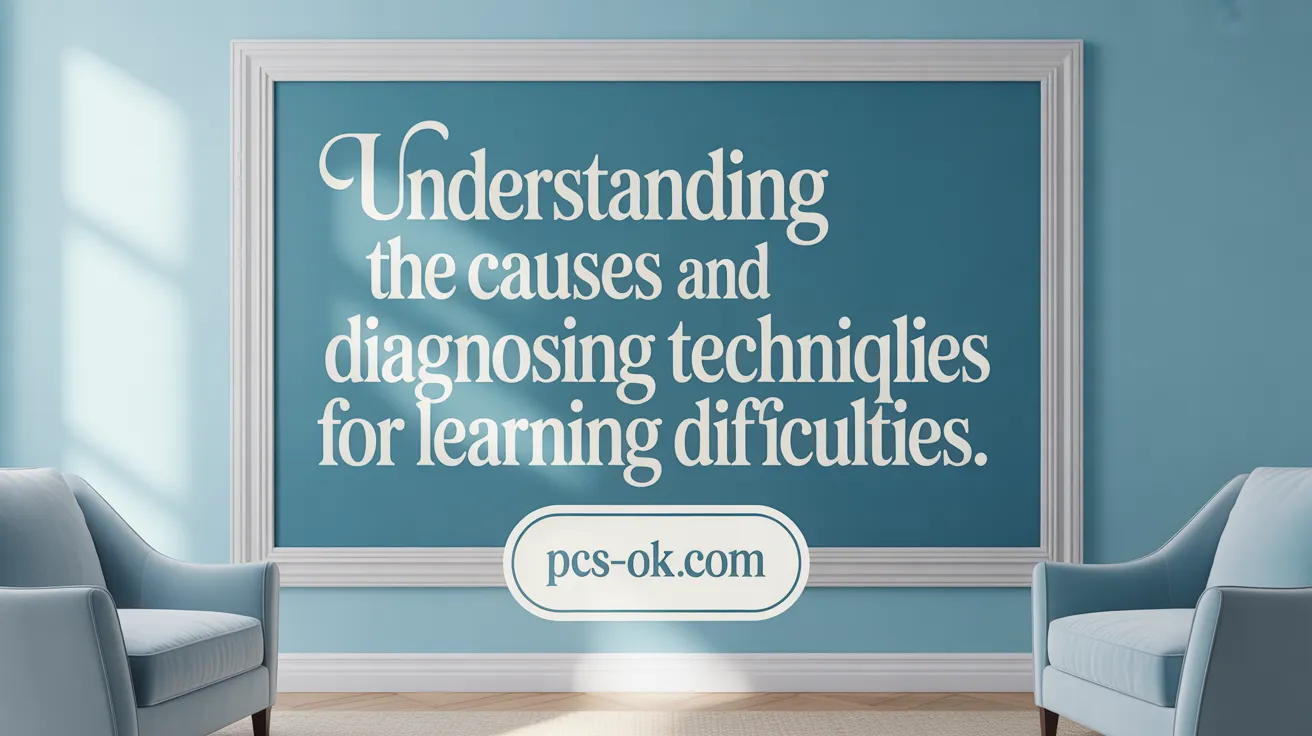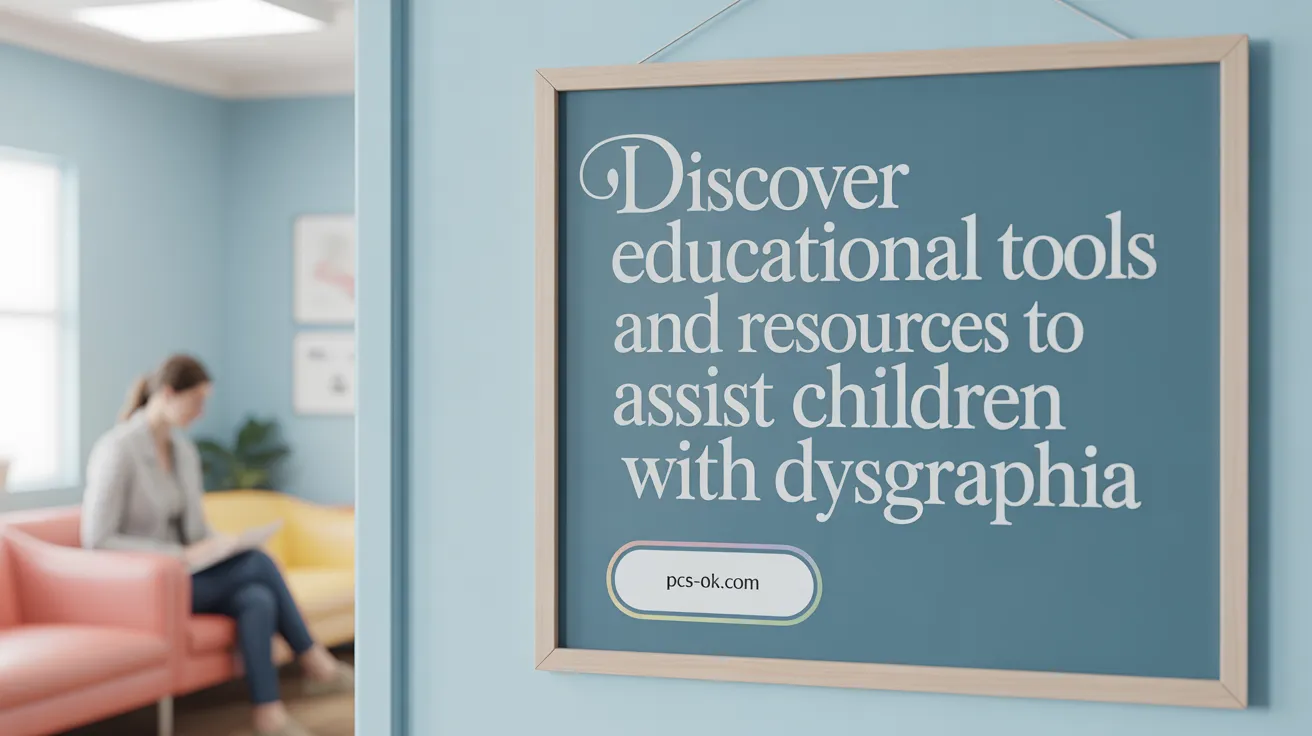Dysgraphia in Children: Understanding Handwriting Struggles
Understanding Dysgraphia and Its Impact on Children
Dysgraphia is a neurological learning disorder that impairs a child’s ability to write coherently. Affecting handwriting, spelling, and various motor and cognitive skills, it poses significant challenges to young learners despite their intelligence or receiving adequate instruction. This article explores the nature of dysgraphia, its signs, causes, diagnosis, interventions, and support methods to empower parents, educators, and specialists in assisting children facing handwriting difficulties.
What is Dysgraphia and How Does It Affect Children?

What is dysgraphia and how does it affect children?
Dysgraphia is a neurological learning disorder that mainly interferes with a child’s ability to write clearly and efficiently. It involves struggles with handwriting, spelling, and writing speed, often leading to illegible or slow written work. Children with dysgraphia may find it challenging to form letters correctly, keep proper spacing, and maintain proper letter size, which impacts the overall readability of their work.
Beyond physical handwriting, dysgraphia also affects how children translate their thoughts into written words. They might have difficulty organizing ideas, planning sequenced finger movements needed for writing, or converting spoken language into written form. These challenges can hinder academic performance in school, especially in activities requiring written expression.
How does neurology underpin dysgraphia?
Research indicates that deficits in orthographic coding within working memory are linked to dysgraphia. Orthographic coding is the brain’s ability to recognize and remember the visual patterns of words and letters, which is essential for fluent handwriting and spelling. When this process is impaired, children tend to have trouble developing automaticity in letter retrieval, leading to frequent reversals, inversions, or transpositions.
Dysgraphia involves various brain functions, including fine motor skills, spatial perception, language processing, and organization. Although it is not caused by primary motor disorders, children may have difficulty planning and executing sequential finger movements necessary for forming letters. The condition may be inherited, but its exact causes are not fully understood.
Occurrence alongside other learning disabilities
Dysgraphia can occur independently or alongside other learning disabilities such as dyslexia, OWL LD (Specific Language Impairment), ADHD, or developmental coordination disorder. Its co-occurrence rates with other conditions can be significant, ranging from 30% to 47%. This overlap further emphasizes the importance of thorough assessment to determine the specific needs of each child.
Why is early diagnosis important?
Early detection of dysgraphia allows for targeted interventions that can improve writing abilities and academic success. Identifying the disorder involves comprehensive evaluation utilizing research-supported tools, and addressing it promptly with strategies like multisensory instruction, assistive technology, and explicit handwriting and spelling lessons. When supported early, children can develop better control over their handwriting, reduce frustration, and build confidence in their writing skills.
Recognizing Signs and Symptoms of Dysgraphia in Children

What are the common signs and symptoms of dysgraphia in children?
Children with dysgraphia often display noticeable difficulties with handwriting that can interfere with their learning and self-confidence. One of the primary indicators is illegible handwriting, where letters are poorly formed or inconsistent. Children may have trouble sizing their letters correctly, resulting in uneven spacing and letter sizes, which affects the overall legibility of their work.
Another sign is the frequent reversal of letters, such as writing ‘b’ instead of ‘d’ or mixing up uppercase and lowercase letters. These reversals are symptoms of underlying difficulties with orthographic coding, which affects how children store and retrieve visual letter patterns in their working memory.
Motor challenges are also common. Children might hold their pencils tightly or awkwardly, leading to a combative grip that’s tiring and hard to control. Many children report or exhibit physical discomfort, such as hand pain, fatigue, or cramping, especially during longer writing tasks.
Speed of writing is usually slow, and children often tire quickly when writing or note-taking. This fatigue can cause them to rush, resulting in further illegibility and errors. Spelling problems frequently accompany handwriting issues, making it hard for children to spell words correctly or consistently.
In addition to motor and spelling difficulties, children with dysgraphia may struggle with organizing their thoughts on paper. Their written work can appear disorganized, ungrammatical, or lacking in coherence. They might also avoid writing tasks altogether due to frustration, embarrassment, or low confidence.
Other behavioral signs include difficulty following lines or margins, frequent erasing or rewriting, and a tendency to skip written homework or assignments.
Early detection through observing these signs is crucial. With targeted support—such as occupational therapy, explicit handwriting instruction, and classroom accommodations—children with dysgraphia can improve their writing skills and become more confident learners.
Exploring the Causes and Diagnosis of Dysgraphia

What are the potential causes and contributing factors of dysgraphia?
Dysgraphia’s origins are complex and not yet fully understood. Researchers believe it results from a mix of genetic and neurological factors. Evidence suggests a hereditary component, as dysgraphia often appears within families. Brain differences, such as abnormalities in regions responsible for language processing, motor control, and spatial perception, are also linked.
While some cases of dysgraphia are developmental, emerging after brain injury or neurological issues, the majority are developmental, manifesting as children begin to learn writing skills. Co-occurring developmental disorders—like ADHD, dyslexia, or speech-language impairments—may heighten the risk, highlighting its multifaceted nature.
Overall, the disorder involves interactions between brain functions linked to movement, language, and cognition, making its causes diverse and intertwined.
Effective Interventions and Management Strategies for Dysgraphia

What are effective intervention and management strategies for children with dysgraphia?
Children with dysgraphia benefit significantly from a comprehensive approach that combines various instructional techniques, therapies, and accommodations. Targeted activities that focus on improving handwriting skills include practicing letter formation through sensory activities like playing with clay, tracing, copying, and connecting dots. These methods help children develop muscle memory and improve control over their handwriting.
Explicit instruction in spelling, grammar, and sentence organization is crucial from kindergarten through high school. Teachers can incorporate visual aids like graphic organizers and cue cards to support written expression. For motor skill development, occupational therapy plays a vital role in enhancing fine motor skills, hand strength, and proper posture. Therapists may recommend exercises that strengthen hand muscles and improve coordination, making writing less physically taxing.
Assistive technology offers valuable support, enabling children to succeed using tools like speech-to-text software, touch-typing programs, and audio recorders. These tools help reduce the physical strain of handwriting, allowing students to focus on organizing their thoughts and content. Classroom accommodations, such as providing extra time, offering oral responses, or allowing note-taking with a computer or scribe, ensure that students can demonstrate what they know without being limited by handwriting difficulties.
Early diagnosis is essential for effective intervention. Developing an individualized education plan (IEP) tailored to the child’s specific needs ensures targeted instruction and appropriate support. By addressing handwriting and spelling issues early on, children can build confidence, reduce frustration, and develop skills necessary for academic success. Support from teachers, parents, and specialists creates a supportive environment where children can thrive despite their challenges.
The Connection Between Dysgraphia and Other Learning Disabilities
How is dysgraphia related to other learning disabilities such as dyslexia?
Dysgraphia frequently co-occurs with other learning disabilities such as dyslexia, ADHD, and oral/written language disorders, including OWL LD (Speech-Language Impairment). While these conditions can exist independently, their overlap often leads to compounded academic difficulties.
Dyslexia primarily affects the ability to decode words, read fluently, and spell, due to problems with phonological and orthographic processing in the brain. Dysgraphia, on the other hand, mainly involves trouble with handwriting, spelling, and written expression, often linked to motor coordination and orthographic coding issues.
Both conditions stem from neurological differences and may have a genetic component, making them more common within families. When children experience both dyslexia and dysgraphia, their challenges in organizing thoughts on paper, maintaining legible handwriting, and spelling can become more severe.
Understanding how these conditions are interconnected allows educators and clinicians to implement comprehensive, targeted interventions. Early diagnosis enables simultaneous support for reading and writing, significantly improving academic outcomes and boosting confidence.
| Learning Disorder | Primary Challenges | Affected Skills | Typical Co-occurrence |
|---|---|---|---|
| Dyslexia | Reading, decoding, spelling | Phonological processing, orthographic skills | Frequently occurs with dysgraphia |
| Dysgraphia | Handwriting, spelling, written expression | Fine motor skills, orthographic coding | Often co-occurs with dyslexia |
Recognizing the signs of these overlapping conditions early allows for effective, multi-faceted support tailored to each child’s needs.
Supporting Children with Dysgraphia: Educational Methods and Resources for Families

What educational and instructional methods can support children with dysgraphia?
Helping children with dysgraphia succeed in writing involves various targeted teaching strategies. Multisensory techniques, such as using tactile tools, tracing, and hands-on letter formation activities, can enhance fine motor skills and make learning more engaging. Explicit instruction in handwriting, including cursive and keyboarding skills right from early grades, improves speed and legibility.
Assistive technologies like speech-to-text software give children outlets for expressing thoughts without the physical barriers of handwriting. Visual supports—such as graphic organizers, mind maps, and colour-coded materials—help organize ideas and reduce cognitive load. Breaking writing tasks into smaller, manageable steps, and providing alternative assessment options like oral presentations or typed responses, can help children demonstrate their understanding more effectively.
Providing accommodations like coloured paper, special grips, and additional time reduces frustration and builds confidence. Early intervention, occupational therapy, and creating a supportive classroom environment tailored to each child’s needs are essential for developing writing skills and fostering independence.
What resources and guidance are available for parents and educators to assist children with handwriting difficulties?
Parents and teachers have access to many resources designed to support children with dysgraphia. Specialized tutoring programs, occupational therapy, and educational workshops focus on improving handwriting and fine motor control. Online tools, including speech-to-text applications and digital graphic organizers, help children communicate ideas and structure written work.
Getting a thorough diagnosis from a team of specialists—such as neuropsychologists, speech therapists, and occupational therapists—is fundamental. These professionals can identify specific challenges and suggest targeted interventions. Educators can collaborate with parents to advocate for necessary accommodations, like extra time, alternative formats, or assistive technology.
Ongoing support includes providing positive reinforcement, practicing handwriting skills regularly, and incorporating multisensory activities into daily routines. Such comprehensive guidance ensures children develop confidence and skills needed to thrive academically and socially.
Empowering Children with Dysgraphia for Success
Dysgraphia presents real challenges in a child’s learning journey, but with early recognition, precise diagnosis, and effective interventions, children can overcome many of these barriers. Understanding its complex nature and relationship with other learning disabilities enables parents, educators, and specialists to tailor support that nurtures each child’s potential. Through multisensory instruction, assistive technologies, and compassionate encouragement, children with dysgraphia can develop their writing skills, boost their confidence, and thrive academically and beyond.
References
- Understanding Dysgraphia
- Dysgraphia: What It Is, Symptoms, Diagnosis & Treatment
- Dysgraphia: More Than Just Bad Handwriting
- Understanding Dysgraphia
- Unlocking Dysgraphia: A Guide for Parents and Teachers
- Disorder of written expression and dysgraphia: definition, …
- What is dysgraphia?
- Dysgraphia: A Common Co-Occurring Condition with …
- What is Dysgraphia?
- Understanding Dysgraphia
